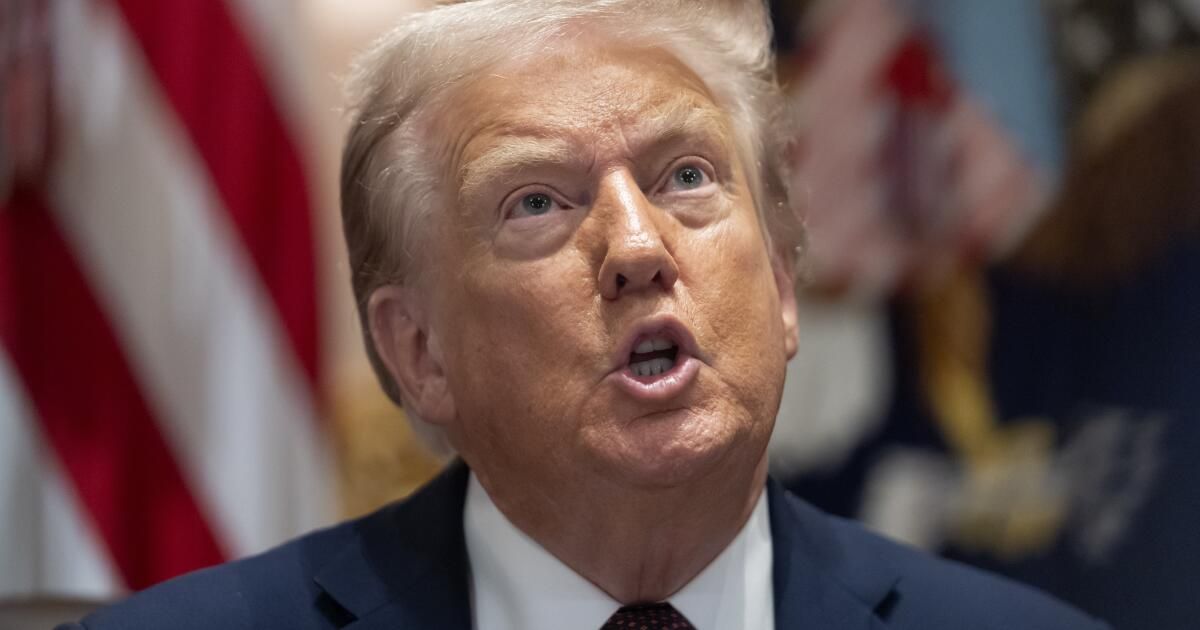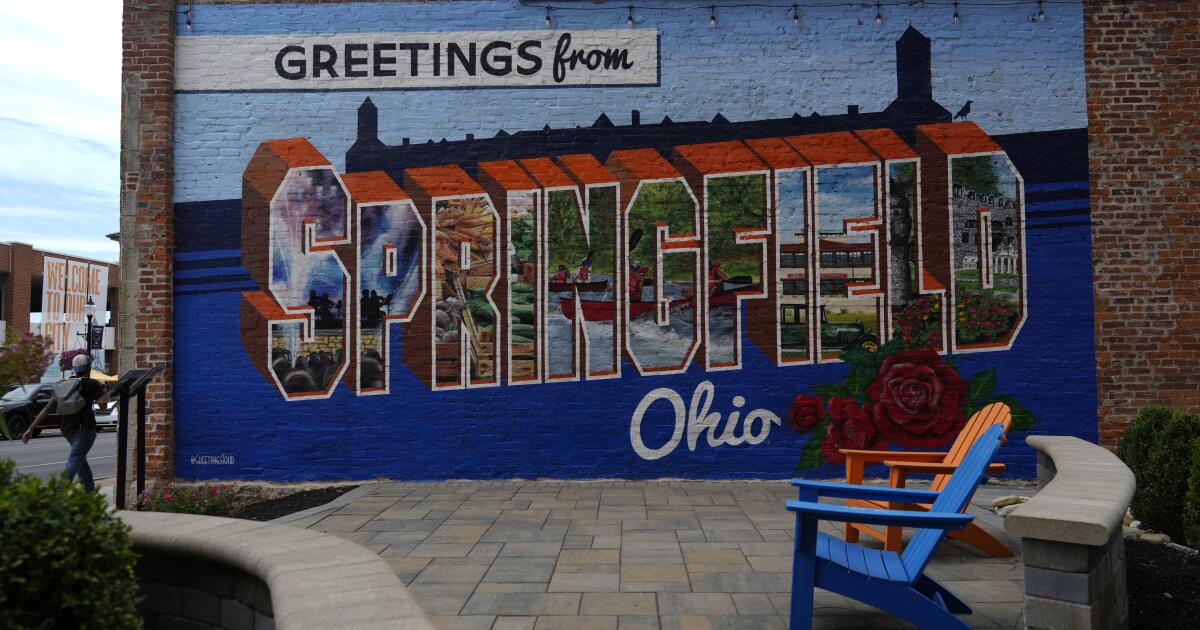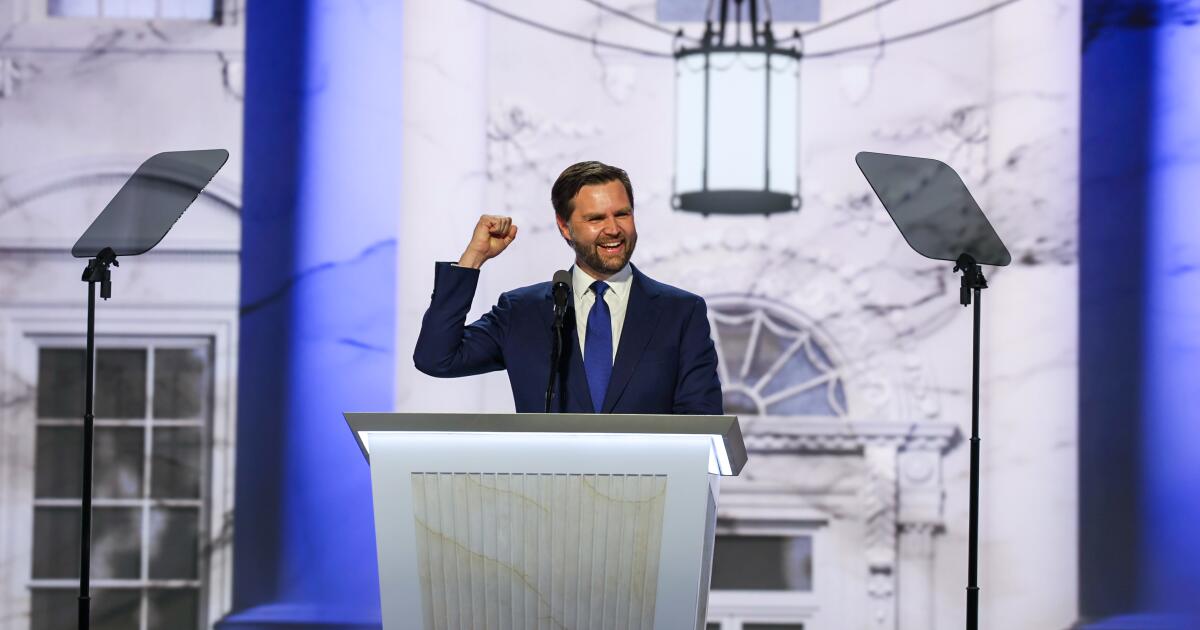Last week's election results are a reality check for the Trump administration. Democrats didn't just increase their scores in deep blue enclaves. With energy prices on the rise, flipped two Georgia utility regulator seats in rare statewide victories. In New York City, more than half of voters told exit pollsters that their main concern It's the cost of living. Seven out of 10 Americans say Your grocery bills have increased in the past year. Six in 10 say their utility costs have increased.
So, yes, the affordability issues that dominated the 2024 election remain critical. But President Trump insists there is no problem. “Thanksgiving dinner under Trump is 25 percent lower than 2024 Thanksgiving dinner under Biden, according to Walmart,” he said. declared about social truth. “My cost[s] They are behind the Democrats on everything, especially oil and gas! So the Democrats 'affordability' issue is DEAD!
Trump is referring to Walmart's “inflation-free Thanksgiving meal,” which supposedly feeds 10 people for $40, plus fees. This year's standard basket is less expensive than last year's eight-person package, but no longer contains pecan pie, whipped topping, muffin mix, poultry seasoning, chicken broth, sweet potatoes, onions and celery, all of which have been quietly removed.
The food basket of 2025 is a perfect metaphor for the economy in general. The president insists that “every price has gone down“, but that is incorrect. Although chicken breasts cost a little less than a year ago, eggs, bacon, orange juice, and beef are more expensive. Trump's policies did not trigger these price increases, but they certainly perpetuate them.
Trump is also wrong when he claims that “we are in a perfect number“about inflation, which no longer dominates the headlines. But it still affects people. Since the beginning of 2021, average hourly earnings are up to about 21.8%. Consumer prices have risen more rapidly, with grocery prices up to almost 30% since 2020.
When Trump officials say inflation is down, they mean that the latest Consumer Price Index reading of 3% year over year is nothing like the 9.1% experienced during the Biden years. They ignore that it is an increase of 2.3% just last spring.
With constant 3% inflation, a dollar is worth only 74 cents after 10 years. Consumers experience this as a permanent increase in the cost of living. That slow erosion is what voters feel every time they buy groceries, pay their rent or renew their insurance.
The president's tariffs don't help. Remember, these are taxes Americans pay to import things. Like other taxes, they increase production costs and the final prices consumers pay, and not just for imported goods. When foreign products become more expensive, protected American companies can also charge more. When foreign steel is taxed, American steel prices rise.
Higher costs ripple through the economy and cascade through supply chains. Cars, appliances and building materials become significantly more expensive. Since tariffs also apply to materials used in housing and infrastructure, they raise construction costs.
Erratic changes in tariff rates from day to day (whether 35% on Friday, 45% on Saturday, or 25% with exceptions on Sunday) add another hidden cost in the form of uncertainty. We pay for it by increasing prices and reducing investment.
Tariffs and the uncertainty they create are one of the reasons medical costs, and by extension health insurance premiums, are rising. Some insurers, anticipating higher prices for drugs and medical supplies and a slowing economy, are already building those costs into 2026 rates. Among the insurers that did so, Health System Tracker estimates that tariff-related pressures added about 3 percentage points, or about a fifth of total proposed premium increases, for next year.
The Democrats' record is no better. Biden's spending spree sparked an inflationary crisis. The party has long pursued affordability through wealth transfers and subsidies, while preserving the same regulations that restrict economic output. The result is higher prices.
Republicans once advocated free trade and competition to create an abundance of goods, keep prices low and stimulate growth. His vision was based on unleashing production, innovation and trade rather than subsidizing demand.
With notable exceptions such as energy deregulation and artificial intelligence policy, Trump-era statism and protectionism take a page from the Democrats' interventionist playbook: imposing tariffs that restrict supplypicking winners and inflating costs. The president even suggested sending $2,000 tariff refund checks to create the illusion that those tariffs aren't making us poorer.
Voters know not to confuse gimmicks with prosperity. They see that prices remain high and rising, that wages continue to lag, and that tariffs and transfer schemes cannot evoke real affordability. If both parties continue to treat the economy as a branch of campaign strategy, Americans will continue to pay more for less in checkout lines, and officials in power will pay at the ballot box.
Rugy Veronica He is a senior fellow at the Mercatus Center at George Mason University. This article was produced in collaboration with Creators Syndicate.












